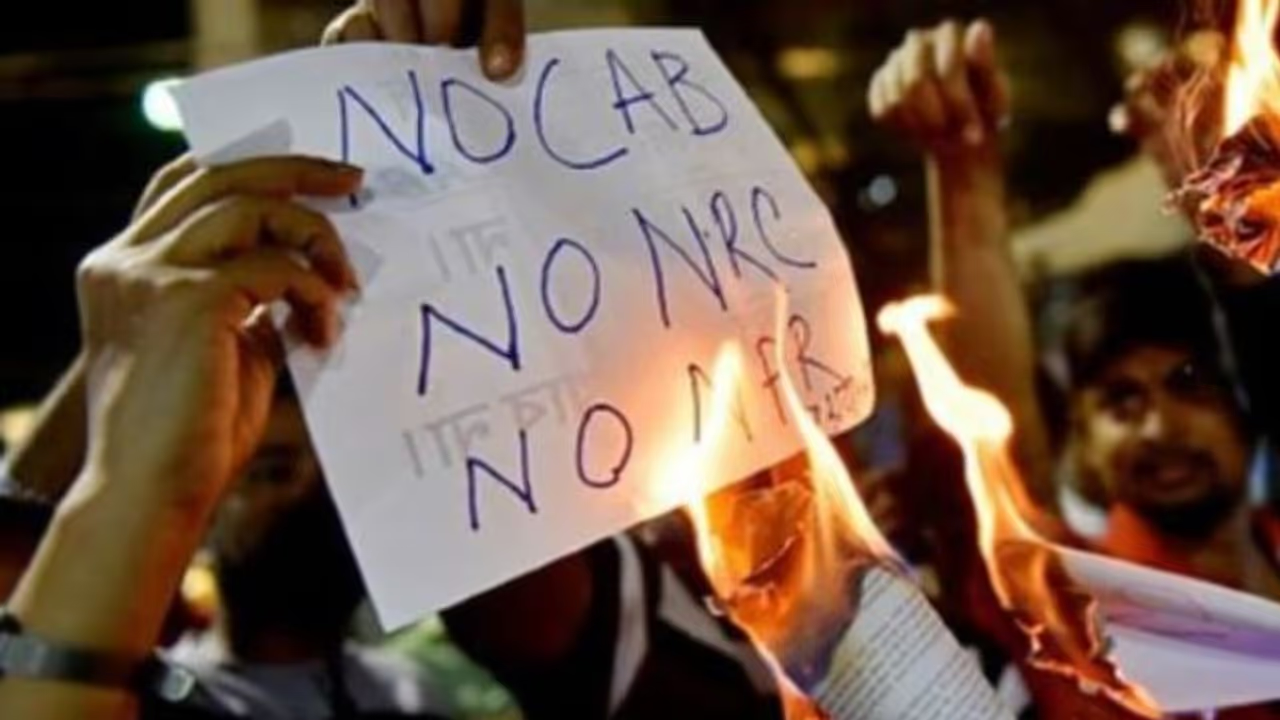Notices have been sent to 28 residents to recover the damages caused during the anti CAA protests in Uttar Pradesh. Many said that the notices amount to punishment without the due course of law being followed. Here we explain what a show cause notice is and how the decision undertaken by Yogi Adityanath has Supreme Court’s stamp of approval.
The Uttar Pradesh government has sent out the first notices to 28 residents to recover the damages caused during the protests around the newly amended citizenship law.
While holding these persons responsible, the notices sought to recover damages worth Rs 14.86 lakh. They were held responsible for acts of violence and damages done to government properties.
Also read: Let us bust the myth: NPR is not a first step towards NRC
Many on Twitter chose to get it wrong and even said that the notices amount to punishment without the due course of law being followed. However what these persons have missed clearly is that the UP government has issued a show cause notice. It has clearly sought an explanation as to why recoveries should not be made for the damages.
The meaning explained for dummies:
A show cause notice is a notice that requires a person to appear before an authority or court and explain why a certain course of action should not be taken against it. Suitable action would follow only if a party is not able to explain or convince the authority concerned that the course of action is taken.
In the order of the UP government it is clearly stated that it is a show cause notice. The government is according an opportunity to the 28 persons as to why action should not be taken against them for damage of property.
They would have an opportunity to explain their stand. In case they can convince the government that they were not involved in the violence, then no action shall follow. However if it is proven that they were involved in causing damage to property, then suitable action would follow.
What Yogi had said:
Uttar Pradesh chief minister Yogi Adityanath had said in the aftermath of the violence that the property of each of these elements would be confiscated. This would be done to recover the damages caused during the violence.
He said that all the faces had been identified through the CCTV footage. “I have ordered strict action and the properties of these persons will be confiscated.”
The directive from the CM came in the backdrop of widespread violence. There was property destroyed by the rioters and now it has been found that there was a systematic ploy to create panic and indulge in violence.
The Supreme Court’s stamp of approval:
Such acts are dealt under the Prevention of Damage to Public Property Act of 1984. The Supreme Court however formed two committees in 2007 as it was felt that the existing laws were inadequate.
Based on the recommendations, the Supreme Court said that the burden of proof against the protesters must be reversed. Further, it also said that it is required to prove that public property had been damaged in direct action called by an organisation and also the accused took part in such action.
The court suggested that the law be amended to give the court the powers to draw a presumption that the accused is guilty of destroying the property. The Supreme Court also said that the rioters would be made strictly liable for the damage. Further it was said that compensation would be collected to make good the damage.
A direction was also issued to the high courts to to order suo motu action. Further the high courts were also directed to set up a machinery to probe into the damage caused and also award compensation, where there was destruction due to protests.
What the Act states:
Under the Prevention of Damage to Public Property Act, 1984, any person who commits mischief by committing an act in respect of public property shall be jailed for five years. The person can also be both jailed and fined.
This can be coupled with Section 425 of the Indian Penal Code, which also deals with causing wrongful loss to public property. This code also says that it is also sufficient if the person intends to cause loss to public property.
